FAQ'sFrequently Asked Questions about SLURM
Who are SLURM?
SLURM (Simple Linux Utility for Resource Management) is an open-source job scheduler designed for Linux clusters. Developed by SchedMD, it is widely used in high-performance computing (HPC) environments to manage and allocate resources efficiently.
What are SLURMs products?
SLURM primarily offers a robust job scheduling system that facilitates the management of compute resources in HPC environments. It includes features for job queuing, resource allocation, and monitoring of job status.
What services do SLURM offer?
SLURM provides installation and configuration services, technical support, and consulting to assist users in optimising their cluster management and job scheduling processes.
What type of companies do SLURMs products suit?
SLURMs products are suitable for a variety of organisations, including research institutions, universities, government agencies, and private sector companies that require powerful and efficient resource management for computational tasks.
How much does SLURMs product cost?
SLURM is free to use as it is open-source software. However, costs may be incurred for support and consulting services provided by SchedMD or third-party vendors.
Does SLURM offer a free trial?
Since SLURM is open-source, there is no traditional free trial. Users can download and use the software without charge, allowing them to evaluate its features and performance.
What discounts does SLURM offer on their products?
As an open-source platform, SLURM does not offer discounts on its core software. However, pricing for support and consulting services may vary, and users are encouraged to contact SchedMD for specific inquiries.
Are there any hidden fees or additional costs with SLURM?
There are no hidden fees for using SLURM itself, as it is free. Additional costs may arise from optional support, consulting services, or associated hardware and software required for deployment.
Who uses SLURMs products?
Users of SLURM include academic researchers, data scientists, and IT professionals in industries such as aerospace, pharmaceuticals, and finance, where computational power is critical for their operations.
What are the main features of SLURMs products/services?
Key features of SLURM include job scheduling, prioritisation, resource management, monitoring tools, and support for various job types. It also allows for complex job dependencies and advanced resource allocation policies.
How does SLURM compare to its competitors?
SLURM is known for its scalability and flexibility, making it a preferred choice in many HPC environments. Compared to competitors like PBS, LSF, or HTCondor, it offers a more open and community-driven approach, with broad support for modern computing architectures.
Is SLURMs platform easy to use?
SLURMs platform is designed to be user-friendly, with a straightforward command-line interface for job submission and management. However, initial setup and configuration may require technical expertise.
How easy is it to set up SLURMs product or service?
Setting up SLURM can be complex, depending on the clusters architecture and the specific requirements. Detailed documentation is available to guide users through the installation and configuration process.
Is SLURM reliable?
SLURM is considered a reliable job scheduler widely used in production environments. Its robustness and active community support contribute to its stability and performance.
Does SLURM offer customer support?
While SLURM itself does not provide direct customer support, SchedMD offers professional support services to assist users with installation, configuration, and troubleshooting.
How secure is SLURM’s platform?
SLURM incorporates various security features, including user authentication and permission management, to ensure secure job scheduling and resource management. Users are encouraged to implement additional security measures as needed.
Does SLURM integrate with other tools or platforms?
Yes, SLURM can integrate with various tools and platforms, including monitoring systems, workflow management tools, and other HPC software solutions, to enhance its functionality and usability.
Can I use SLURM on mobile devices?
SLURM is primarily designed for server environments and does not have a dedicated mobile application. However, users can manage jobs and access SLURM functionalities via SSH from mobile devices.
What do users say about SLURM?
Users generally praise SLURM for its flexibility, scalability, and the active community that contributes to its development. Some users note the initial learning curve associated with setup and configuration.
What are the pros and cons of SLURM?
Pros include its open-source nature, scalability, and strong community support. Cons may involve the complexity of initial setup and a steeper learning curve for new users.
How can I purchase SLURM’s services?
Users can access SLURM for free. For support and consulting services, users should contact SchedMD directly to discuss their needs and obtain pricing information.
What is the cancellation or refund policy for SLURM?
As SLURM is open-source software, there is no cancellation or refund policy applicable. Users can stop using the software at any time without any financial implications.
What are the common use cases for SLURM?
Common use cases include scheduling jobs on compute clusters for scientific simulations, data analysis, and machine learning tasks, where resource management and job prioritisation are critical.
Why choose SLURM over other options?
SLURMs open-source model, community support, and flexibility make it a compelling choice for organisations looking for a customisable and scalable job scheduling solution.
How easy is it to set up SLURM?
While SLURM offers comprehensive documentation, the setup process can be intricate and may require a solid understanding of Linux and cluster management. Users should be prepared for a potentially steep learning curve.
Does SLURM offer training or tutorials?
SLURM does not provide formal training but offers extensive documentation, user guides, and community forums to assist users in learning how to use the software effectively.
What languages does SLURM support?
SLURMs interface and documentation are primarily available in English. However, users from different regions can contribute translations and support through community efforts.
What problems does SLURM solve?
SLURM addresses the challenges of resource management in HPC environments by efficiently scheduling jobs, allocating resources based on priority, and facilitating effective monitoring of job progress and resource usage.
Is SLURM worth the investment?
For organisations requiring efficient resource management for computational tasks, SLURM offers significant value as a powerful, flexible, and cost-effective solution. Its open-source nature allows users to adapt it to their specific needs without significant financial investment.






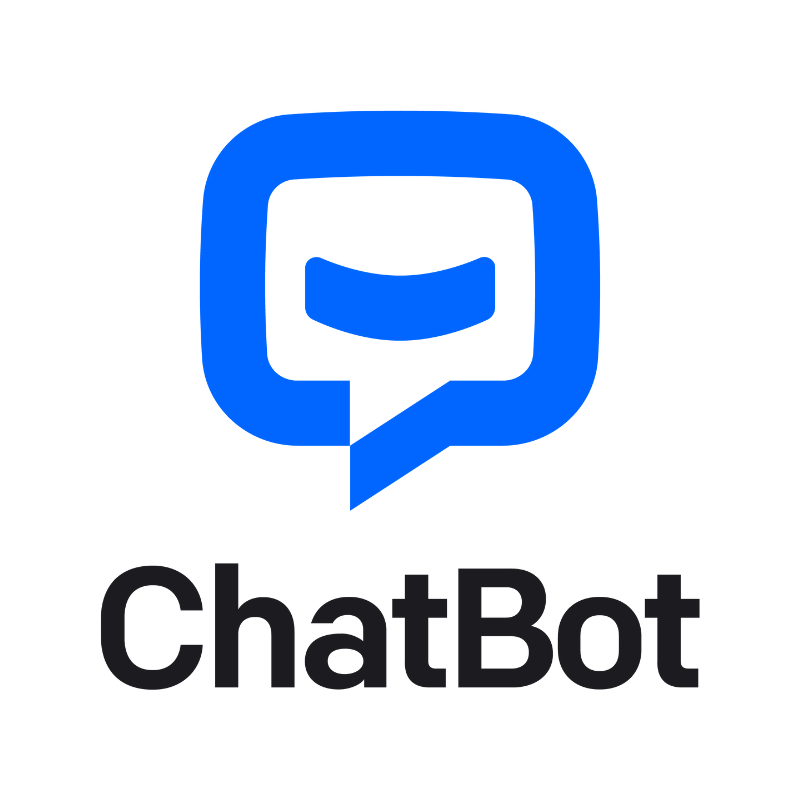



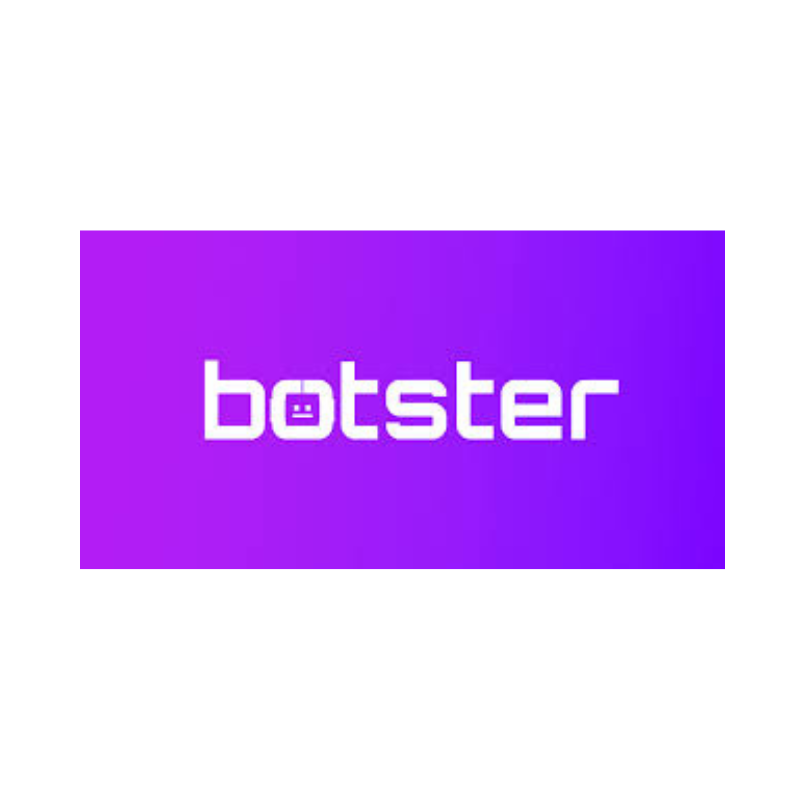

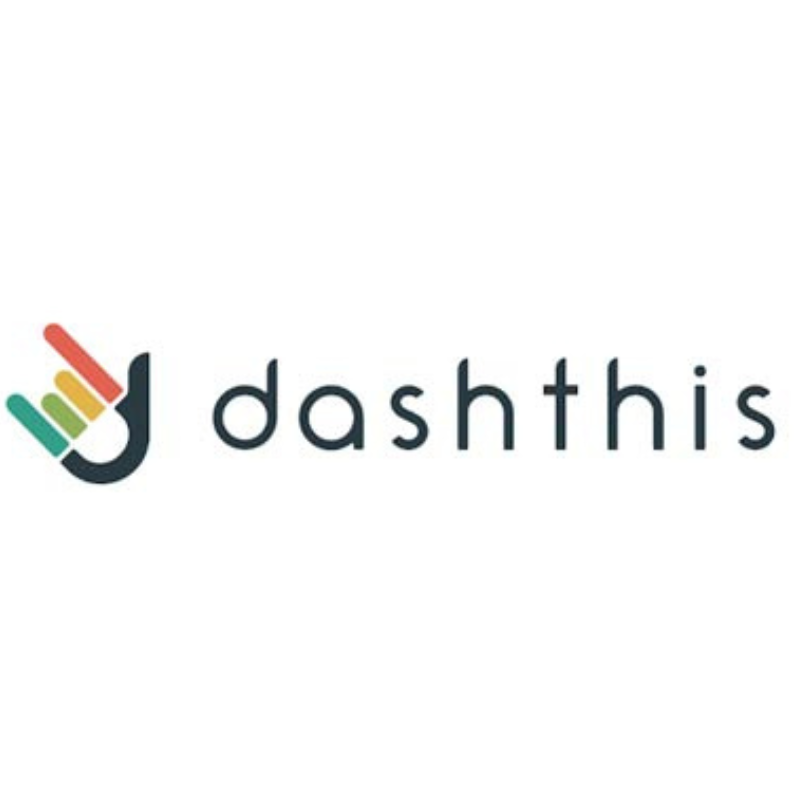

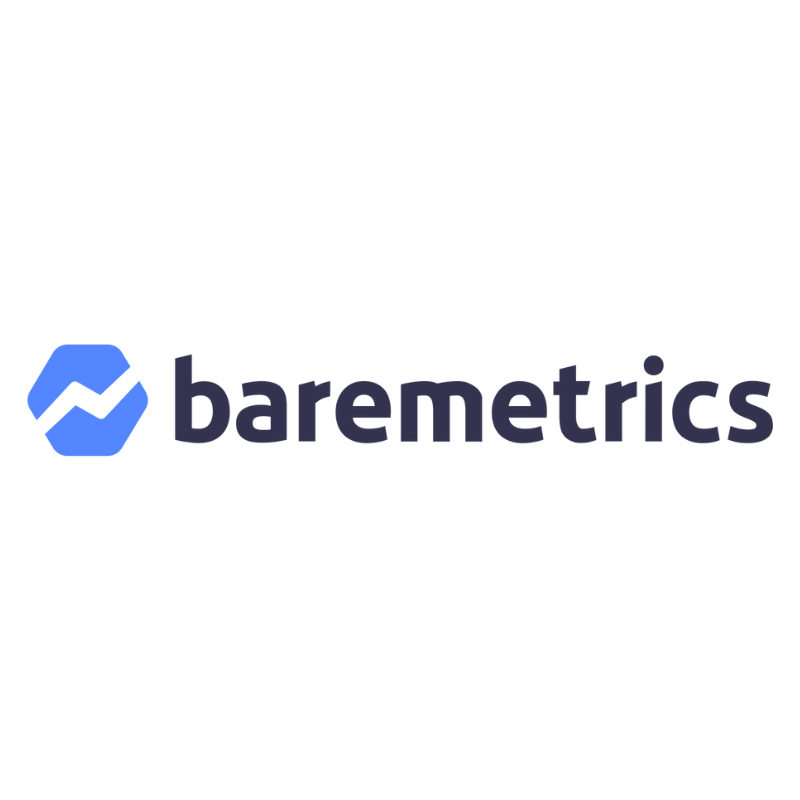
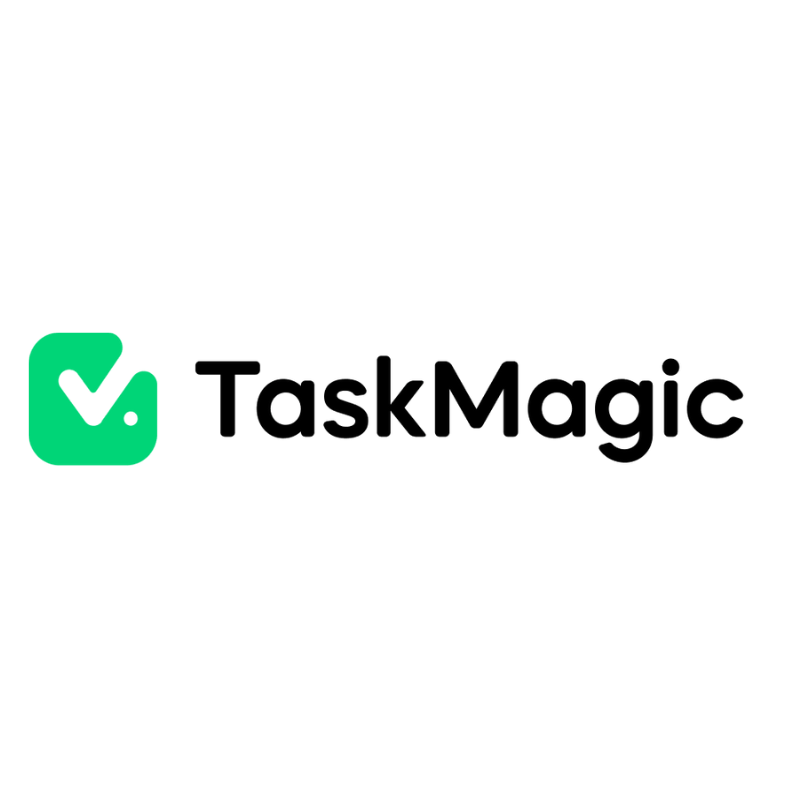





Leave a Reply
You must be logged in to post a comment.